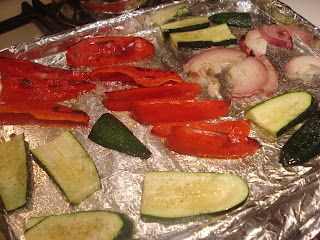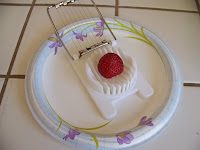If you are a faithful reader of Near to Nothing, you know that we love dried beans!! They are economical, easy, nutritious, and versatile (e.g. hummus, taco salad, chili, and burritos). I’ve been cooking and serving dried beans for quite a few years, but I just recently started using them to make homemade refried beans.
Traditional refried beans are made with lard (or bacon drippings). While not the healthiest way to eat beans, definitely one of the tastiest in my opinion. If you’re willing to give up authenticity, you can make homemade fat-free refried beans.
Committed Near to Nothing readers will also know that I like to use kitchen gadgets for more than their marketed use (like using my egg slicer for olives or strawberries). If a tool or utensil only has one specific use, you probably won’t find it in my kitchen. No salad spinner here! Consequently, my potato masher is used for more than just mashing potatoes: sweet potato casserole, guacamole, baby food, cookie crumbs, and refried beans. Once the beans are tender, I just mash them in the pot with my potato masher.
1 lb. dry pinto beans (about 2½ c.)
6 c. water
¼ c. lard or bacon drippings (do not substitute vegetable shortening)
2 tsp. salt
2 cloves garlic, minced
½ Tbsp. cumin
Sprinkle of cayenne pepper (optional)
Put beans and water in crock pot. Cook on high until beans are very tender, about 5-6 hours, adding water as needed to keep beans covered. In a large skillet, melt lard over medium heat. Add beans, cooking liquid, salt, garlic, cumin, and cayenne. Mash beans with back of spoon or potato masher. Cook, uncovered, about 10 minutes, stirring often, until desired consistency. Can be frozen in an air-tight container. Yield: about 6 cups (about 54 oz.). Total cost: less than $1!!!
Fat-free Refried Beans
½-¾ large onion, roughly chopped
8 cloves garlic, peeled and crushed
3 Tbsp. cumin
½ Tbsp. dried oregano
Sprinkle of cayenne pepper
12 c. water
4 tsp. salt
In large crock pot, place all ingredients except salt. Cook on high 5-6 hours, until beans are very tender, adding water as needed to keep beans covered. Ladle out 4 c. cooking liquid; reserve. Stir in salt. Mash beans with back of spoon or potato masher. Add reserved liquid as needed for proper consistency. Can be frozen in an air-tight container. Yield: about 12 cups. (about 110 oz.). Total cost: about $1.50!!!


















































